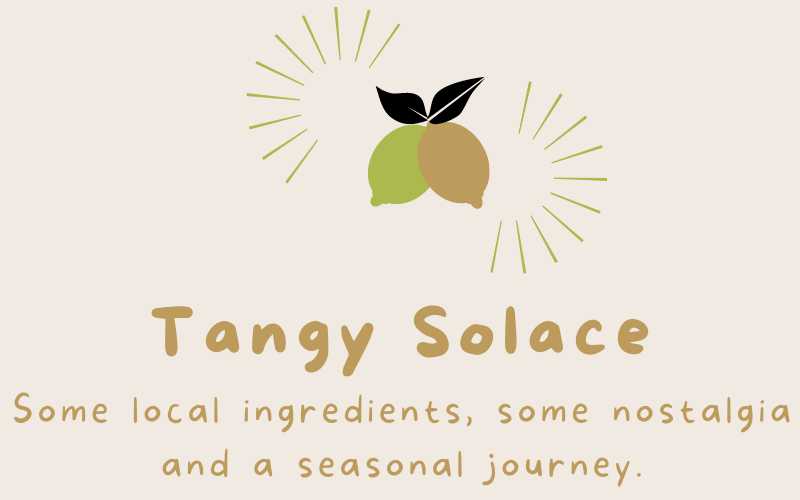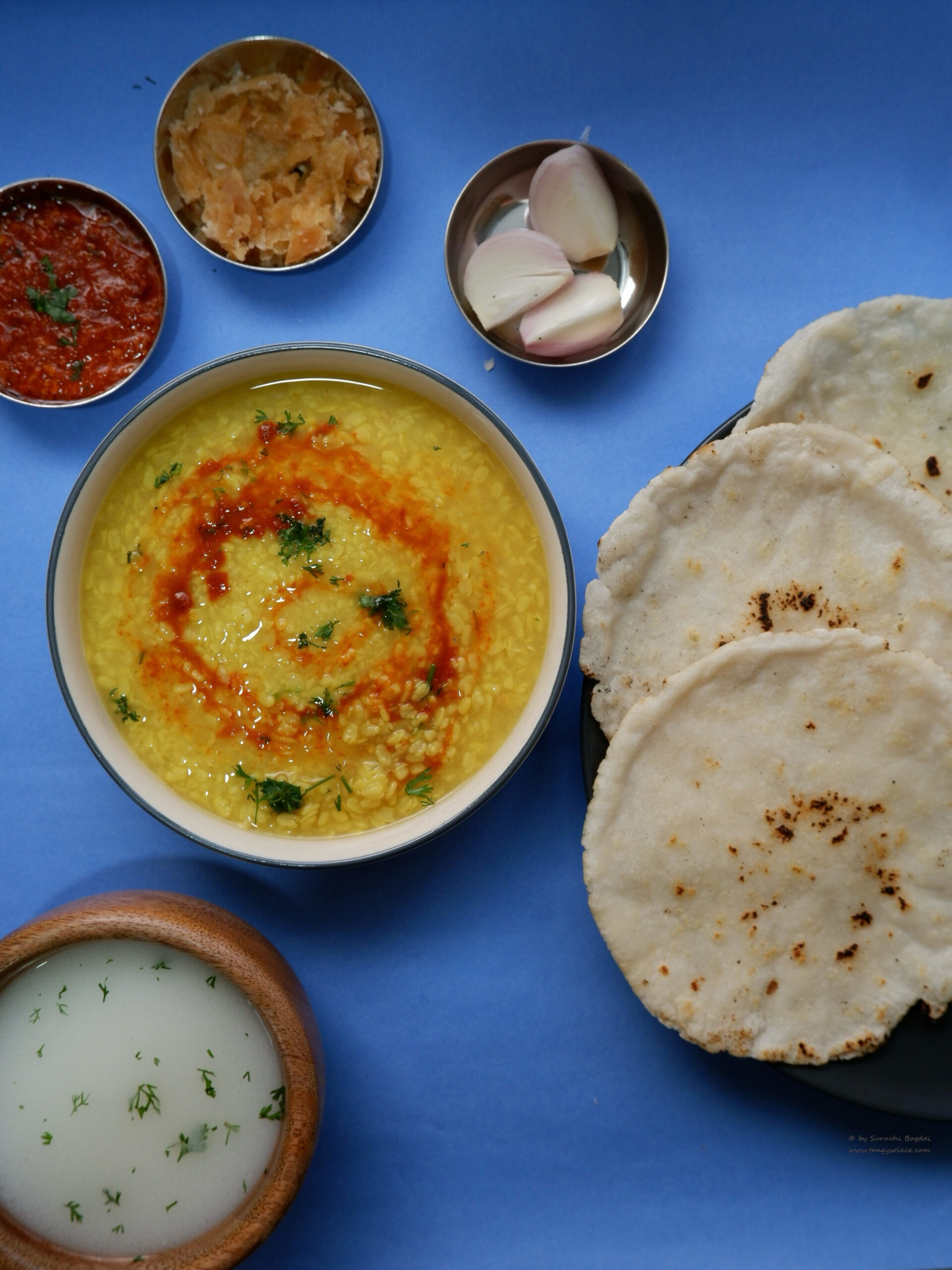A famous author once said – There are some paths we choose and some that are chosen for us and with age we realise one was never better than the other. But wherever we may go, whatever we may do, many of us in an interlinked world are united by our shared cultural past.
And what better bridge to crossover to the past than food with its taste, texture, and smell all associated with a memory which takes me into the days of once upon a time in my village, from where I had moved out to study at a very young age.
But revisiting it ever so often, I did not realise that one day it would all just be a distant memory with individual parts of it- the people, the place, the daily activities (beyond which I did not imagine life existed) all slowly losing its hold, disintegrating, spreading, and morphing into a different life altogether- a city life.
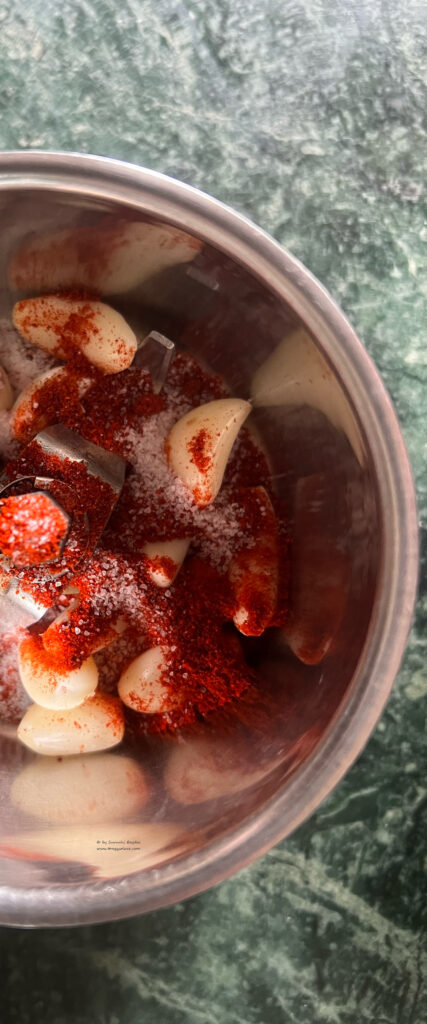
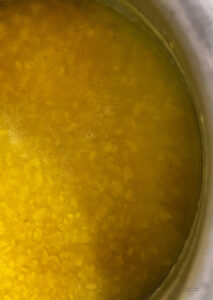
You may move places but certain memories always stay steadfast, coming alive with the same colour and vibrancy as if you are living it right now. One such memory is of a sweet get together at my Badi maa’s home and the first tryst with this special dish.
They had a shop cum house where the front of the house was a Kirana shop with my uncle authoritatively sitting on a Lalas gaddi if you know what I mean and the back opened into their house. Sunny hot outside with the strong harsh light pouring in but we would get our protection from the shade of shop cabinets and cool air from the cooler.
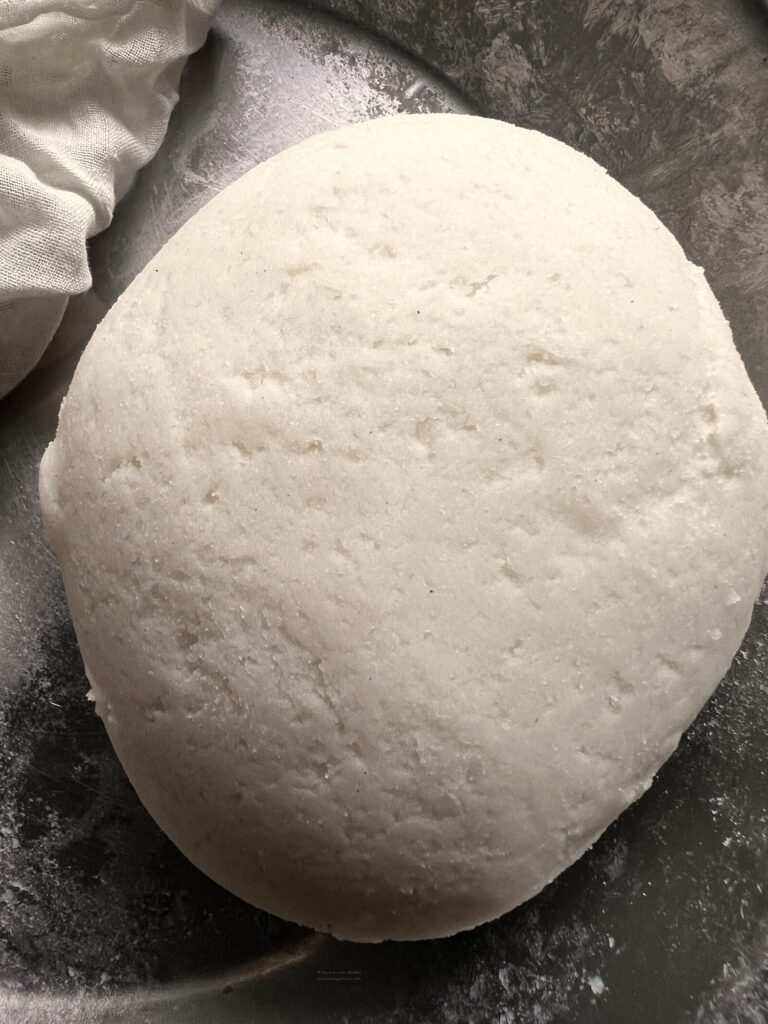
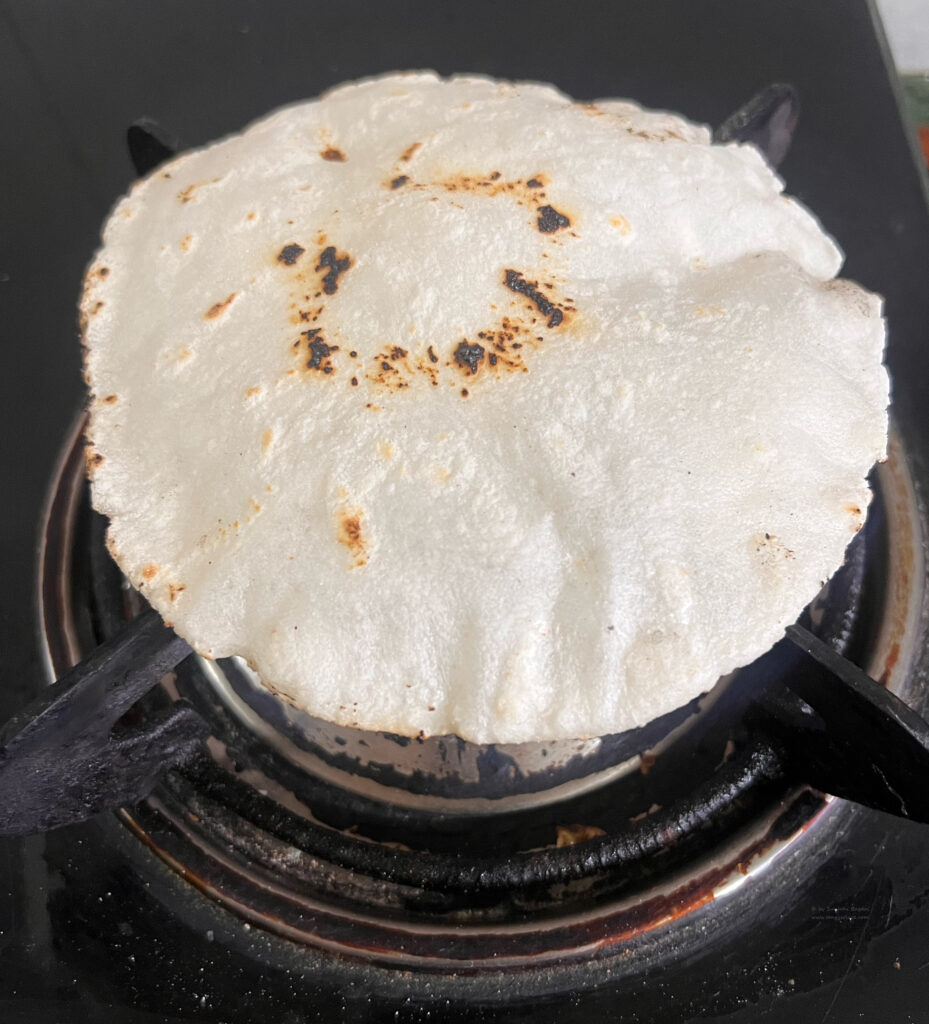
Being invited for lunch was frankly not an exciting event, as being children eating was never on your priority list. It was something you get done with so that you can start playing.
When served with this novel dish -bright white roti and a melt in mouth texture simple dal I was awestruck. This recipe is simple and still very much alive in my and various many Gujrati households but the memory of enjoying a simple dish is fading and being barely held on by elders who coax us into eating traditional meals every once in a while.
We do eat a variety of dal at our home consisting of toor, chana, masoor, but let us face it living here in Maharashtra toor is kind of our staple and yes who cares about the rising prices right.
Although urad dal and chokha no rotlo or bajra no rotlo for some is a quintessential combo but being raised in Maharashtra I was not acquainted with it. I just didn’t know or understand that it is not wheat roti or toor dal but rather chokha no rotlo and creamy urad dal spiced with turmeric. I just assumed my aunt is so much more talented in terms of cooking.
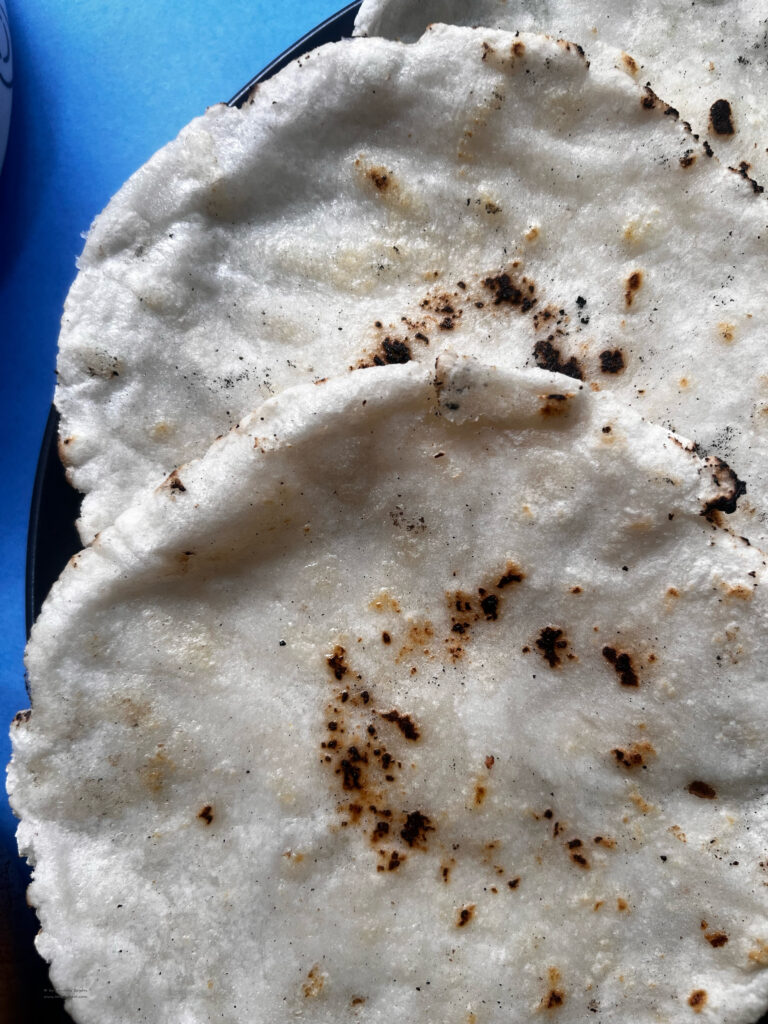
In our home the rotlas like jowar and bajra are kept a little bharela (that is thick) to lend it a soft breakable texture but this was slightly well kneaded thin folded and when dipped in dal , just melt in mouth.
Forgive me for comparing as each are superb in their own right … but imagine another beautiful variation of dal makhani naan(not exactly comparing the flatbread texture here) and don’t fret you have a ultra spicy tempered lehsun mirch ni chutney that you may add according to your preference, swirl over the dal and use your torn bhakri to mix it all in.
Served with white onions and radish(when available) as essential salad , ghee god just because why not and chaas to cool down.
This urad dal recipe is very special because not only is it simple and delicious it also contains buttermilk to liquify and add tang to the dal. Also, urad dal has a mucilaginous texture and as you cook it under pressure you know it is done when the dal becomes soft and the water thick and kind of syrupy (not sweet). The buttermilk also helps to cut through the thick syrupy liquid.
Urad dal a rich source of protein also is a good source of iron, potassium, and magnesium. A periodical must for a balanced meal.
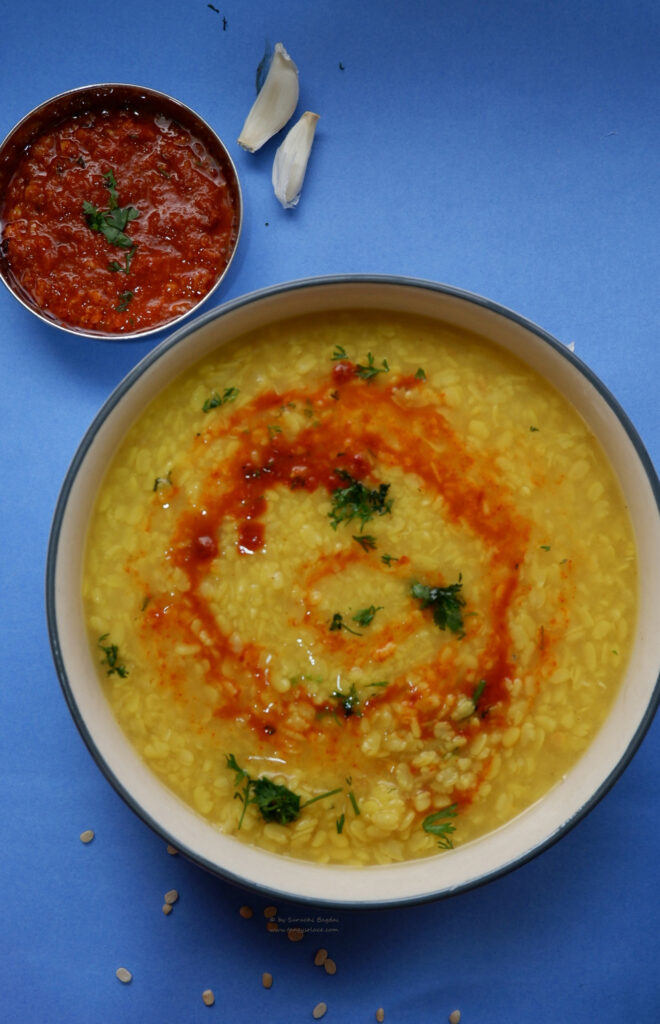
For those days when you want to relax , not think too much about being productive, just slow down to a comforting meal allow this recipe to come to your rescue.
Because on some evenings at home when the day has been hectic you hear a voice it may be yours saying- Aaje urad ni dal ane rotla bnaaviye? And a synchronous yes can be heard. For it resonates with both-happy cooks and happy foodies.
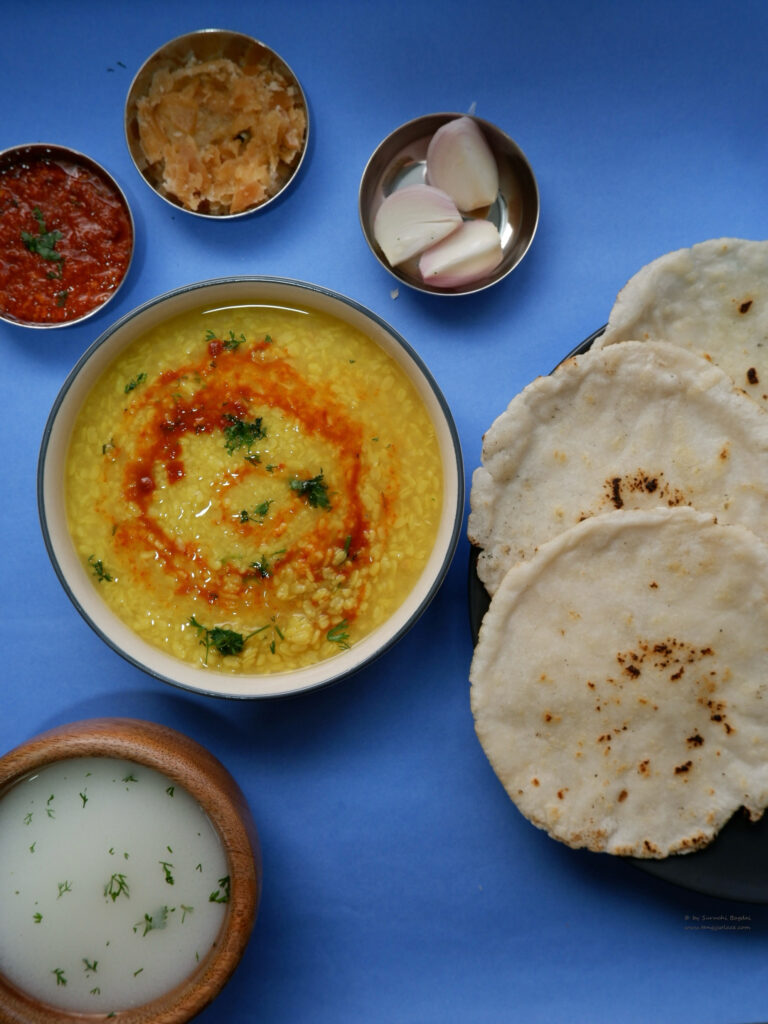
We are making choka (rice) rotla which works all year round and elders swear by bajra rotla during winter through spring.
Follow only one simple rule- Read the recipe and cook at leisure.
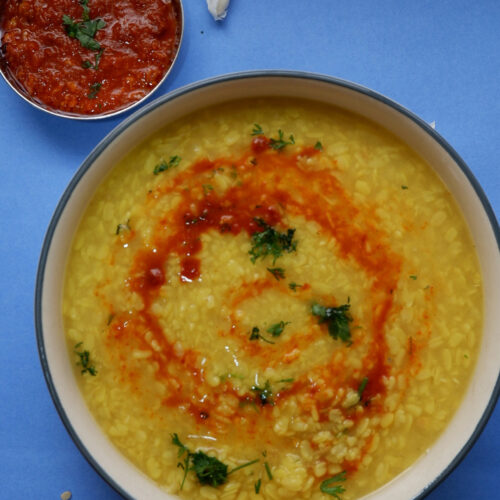
Urad dal ane chokha no rotlo (Black lentils with rice flatbread)
Equipment
- 1 Pressure cooker
- 1 Iron tawa or griddle
- 1 Rolling board
Ingredients
Urad dal
- 1/2 cup Urad dal split skinless
- 2 cups Water
- 1 tsp Turmeric
- to taste Salt
- 1/2 cup Chaas More or less depending on consistency
- 2 tbsp Coriander leaves
Chokha no rotlo ( 8 Nos)
- 1.5 cup Water +1/2 cup while kneading
- 1.5 cup Rice flour
- 4 tsp Ghee
Lehsun ni chutney
Chilli Garlic paste
- 1/3 cup Garlic cloves peeled
- 1 tbsp red chilli powder
- to taste salt
- 2 tbsp water
Tempering
- 1 tbsp Oil
- 1/4 tsp Cumin seeds
- 4 tbsp Chilli garlic paste
- 1 tsp Red chilli powder
- 1/4 cup water
- to taste Salt
- 1/4 tsp Sugar
- 1 tbsp Coriander leaves
Instructions
Urad dal
- In a vessel (or directly in pressure cooker) take the required quantity of skinless split urad dal and wash it with at-least three turns of water or until it almost looks clear.
- Soak the dal with drinking water, (with the water being a knuckle level above dal) for 30 minutes.
- Now transfer this soaked dal along with soaking water to a pressure cooker.
- Add turmeric and pressure cook for 4 whistles. The first one being on high and other three on low.
- Let the pressure subside, open the lid, add salt and keep the dal on simmer.
- Once it boils, add room temperature sour buttermilk (chaas) to adjust consistency. Mix gently with spoon for 2-3 rounds.
- This dal should not be whisked or mashed, the broken dal pieces lend an exciting texture with the rotla. Although it should be thoroughly cooked.
- Simmer for about 7-8 minutes. Finish off with coriander leaves.
Chokha no rotlo
- In a saucepan or thick bottomed vessel take water. Bring it to a simmer. Add equal quantity of rice flour by volume. Mix well with spoon. Take it off heat cover and keep for 5 minutes.
- Transfer the dough to your work table or big plate/board with the help of a spoon. Wet your hand slightly with water and clump it all together.
- Once it get little lukewarm to touch start kneading the dough. Knead the dough for 3-4 minutes till it all comes together and a dough piece taken in hand forms a smooth crack free ball. Keep the rest of the dough covered.
- Before rolling set up your rolling board, iron tawa, tong and a bowl of water. Keep the tawa to heat on low flame. Flatten the ball on your palms and place on a rice flour dusted rolling board. (Do not roll the ball in dry flour) Dust your hands with flour.
- Now with the heel of your fingers gently start pressing and lightly pushing the ball in one direction (left side for left handed person, right side for right handed person). The ball will slowly increase in size to form a small flatbread.
- Keep on dusting your active palm and rolling board with rice flour after every 2-3 turns (ensure that you don’t add flour on top side of the flatbread). The flatbread should be 1/8th to 1/6thof a cm thick. Size would depend on the size of dough ball pinched off.
- Check the temperature of tawa by hovering your hand above. It should feel hot as if you are warming your hand near a fireplace. (neither lukewarm nor burning )there definitely should not be fumes coming out of the tawa indicating it is too hot.
- Flip your rice flatbread on one hand and using both hands very gently place it on the hot tawa (the floured side will come on top). Spread approx.. 2-3 tsp water with your hand on top of the flatbread.
- Increase the heat of tawa to medium high and let cook till the bottom is well cooked flip using tong and cook the other side on slightly lower flame till it is well cooked from all sides. Finally flip the rotla directly on flame and allow it to puff. Remove on mesh or wire rack and apply melted ghee. Serve hot or let cool slightly and save in casserole.
Lehsun ni chutney
Chilli Garlic paste
- Peel and roughly dice garlic to add to a spice grinder. Add salt, red chilli powder and little water to make a thick paste. Taste and adjust salt. Save in refrigerator and use for up to a month.
Tempering
- Heat oil in a fry pan. Crackle cumin seeds, add the paste, cook till oil releases, lower flame and add red chilli powder in released oil, fry for few seconds- don’t let it burn.
- Add water, sugar and salt. Simmer for 1-2 minutes. Finish with chopped coriander leaves.
Notes
- Have mentioned equipment for this recipe as these equipment make it very easy to prepare this dish.
- The dal can also be prepared without the chutney and chaas and instead adding masalas and tempering of mustard, cumin and curry leaves with chopped tomato for tang as we do for other dals.
